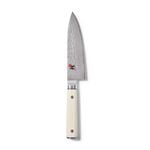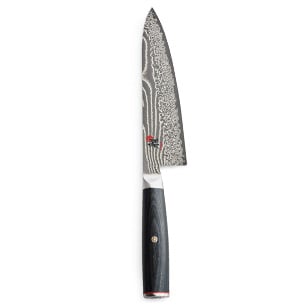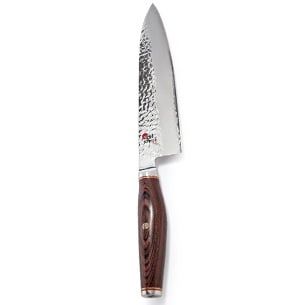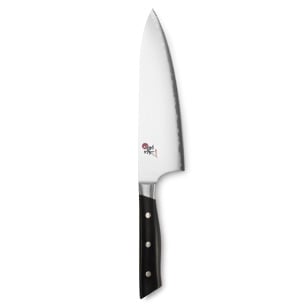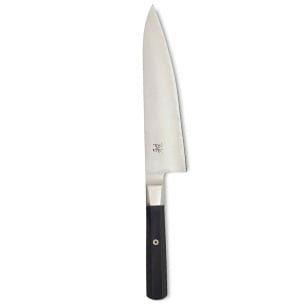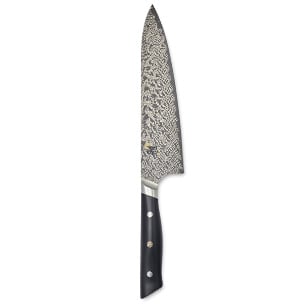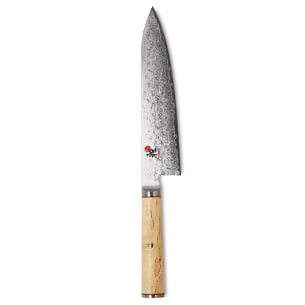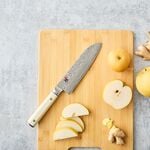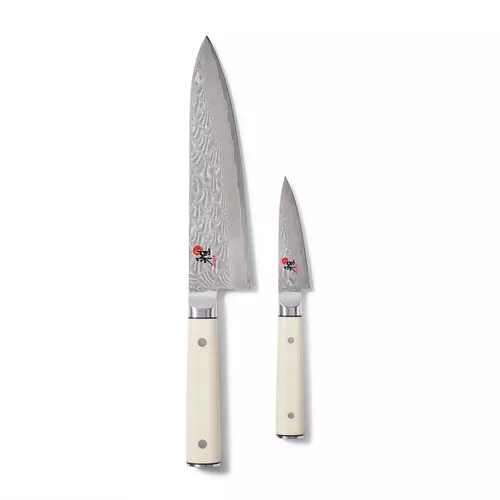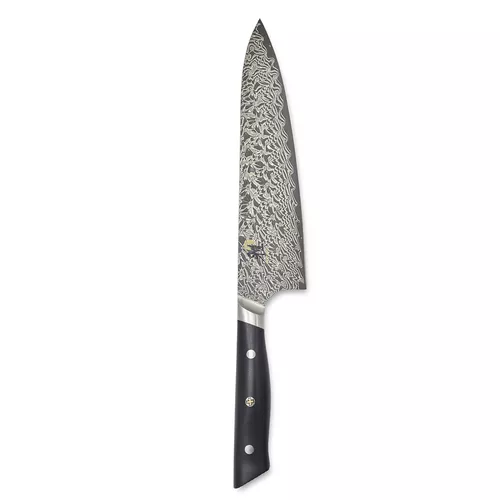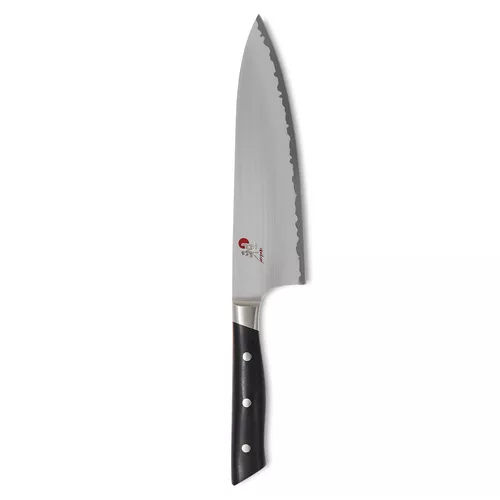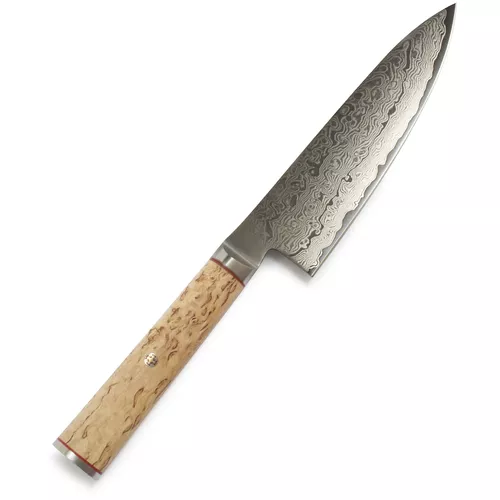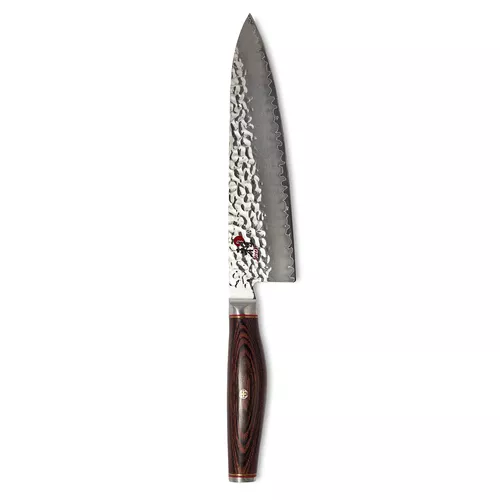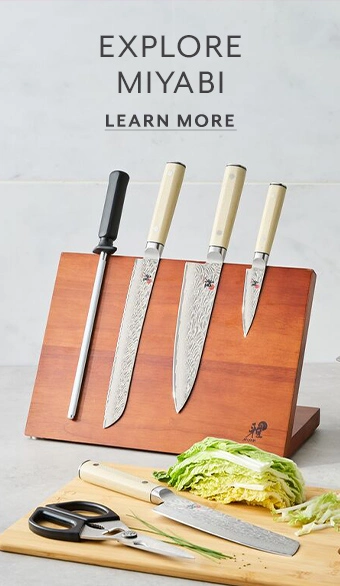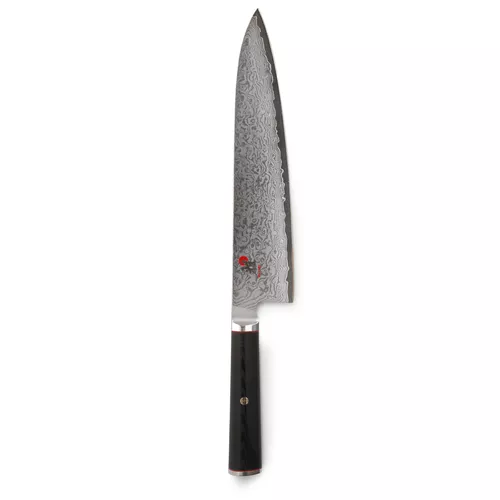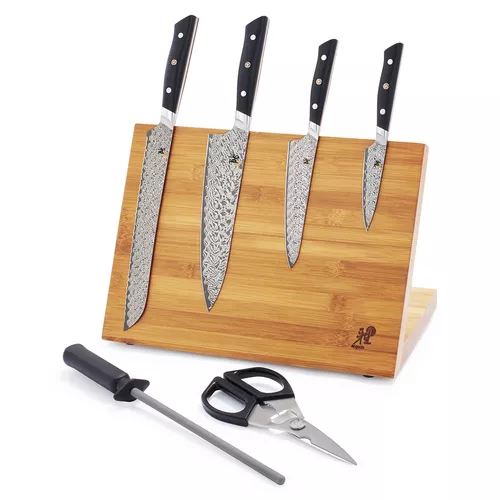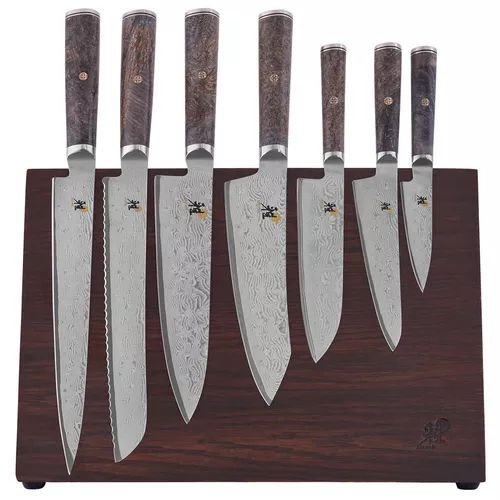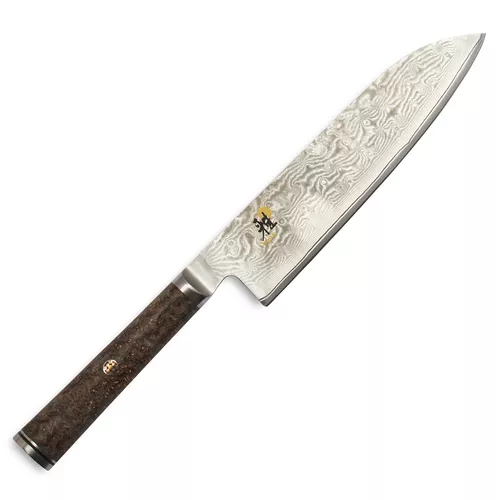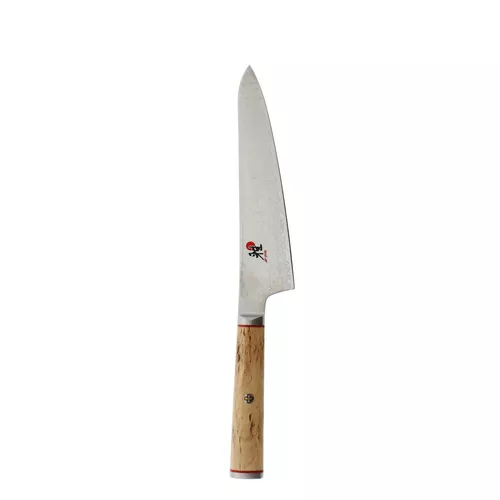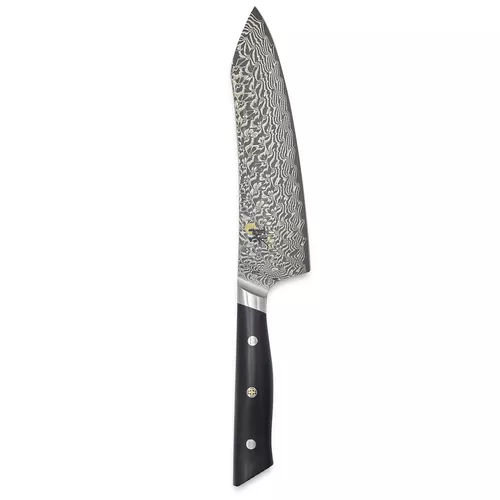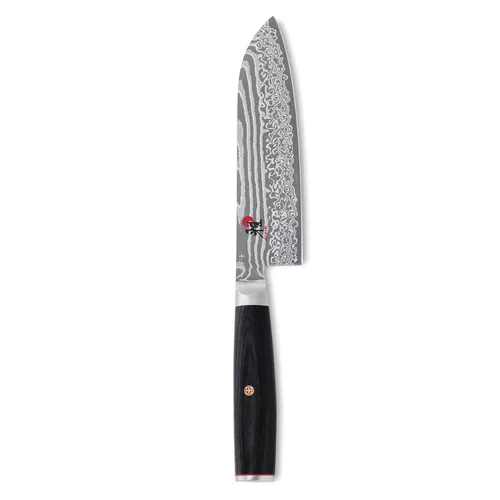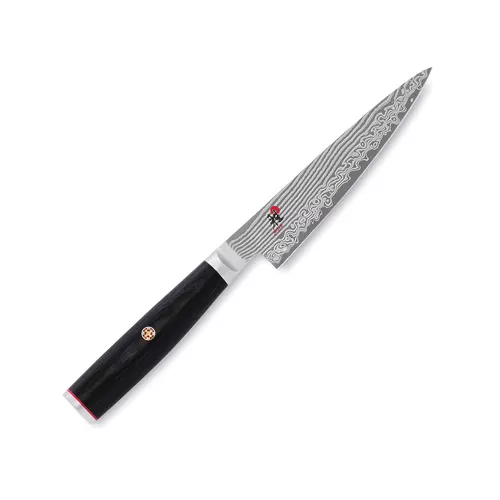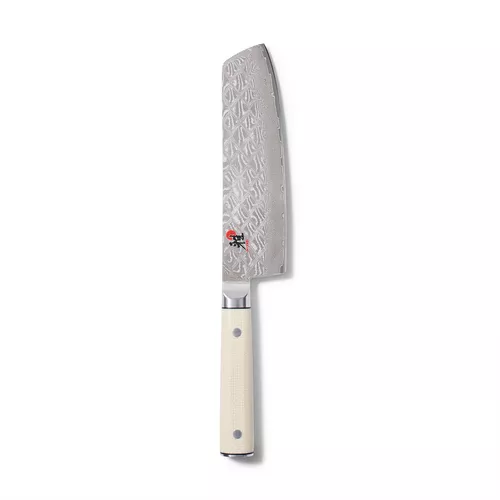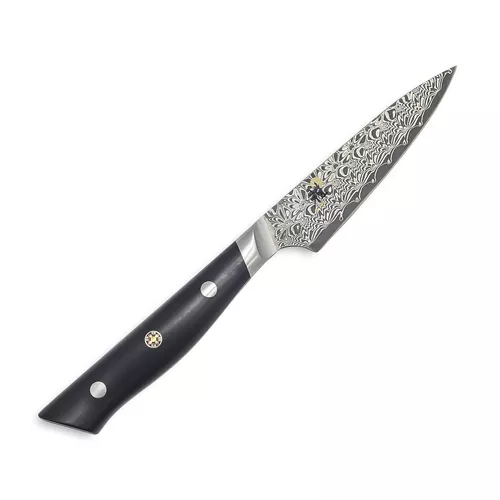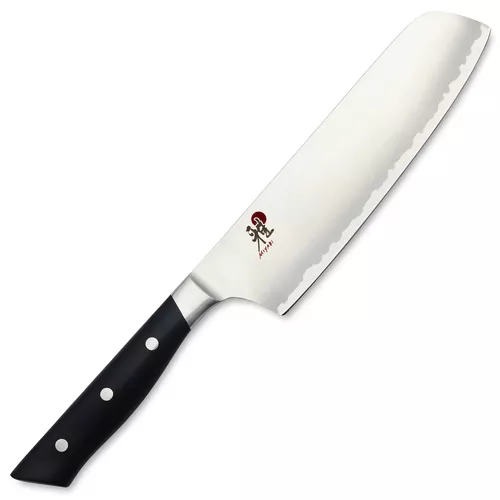Miyabi
Show Filters
1-24 of
71 Results

Beauty Meets Precision
Miyabi
Handcrafted in Seki City, Japan, Miyabi pairs the latest in cutting-edge materials with centuries of tradition.
Miyabi Knives for the Thoughtful, Modern Chef
Whether you’re a dedicated home chef or a back-of-the-house professional looking to add a little something special to your toolkit, Miyabi knives are worth your consideration. These exquisite Japanese knives are handcrafted in Seki, Japan using high-tech materials and age-old manufacturing techniques. In 2004, renowned German knife manufacturer Zwilling J.A. Henckels acquired Miyabi and, though the knives are still precisely crafted in Seki—which is considered Japan’s blade capital—they’re made with exceptional German engineering, creating the perfect blend of time-honored and high-tech for the thoughtful, modern chef.
Heirloom-Grade Knives to Use for a Lifetime
Sur La Table has a wide variety of Miyabi knives and knife sets to suit your needs, including chefs’ knives, santoku knives, paring knives, steak knives, prep knives, nakiri knives and more, all of which serve an important purpose in your culinary toolbox. What sets these knives apart from the rest—besides their sharpness, which will get to below—is the fact that they’re made with exceptionally durable, functional and beautiful materials, like Damascus stainless steel, Micarta, birchwood, brass hardware and more. In fact, 150 skilled artisans work to make each heirloom-grade Miyabi knife, and each one is a genuine one-of-a-kind.
Only have room in the budget for a single knife? Start with a Miyabi chef knife. These are made for versatility in the kitchen and can handle virtually any cutting task.
Whether you select an individual Miyabi santoku knife or a professional-grade 10-piece set, you can count on the same level of quality and performance with each and every blade. Japanese knives differ from their European counterparts because they’re sharper and thinner, providing the precision and grace required to slice through delicate Japanese dishes like sashimi. Often, the blades are honed on only one side to help accommodate for the precise, fine and smooth cuts needed for this kind of cuisine. When they’re finished, they’re all sharpened using the traditional three-step Honbazuke knife-sharpening technique and are ready to slice, dice and impress your guests.
Whether you’re a dedicated home chef or a back-of-the-house professional looking to add a little something special to your toolkit, Miyabi knives are worth your consideration. These exquisite Japanese knives are handcrafted in Seki, Japan using high-tech materials and age-old manufacturing techniques. In 2004, renowned German knife manufacturer Zwilling J.A. Henckels acquired Miyabi and, though the knives are still precisely crafted in Seki—which is considered Japan’s blade capital—they’re made with exceptional German engineering, creating the perfect blend of time-honored and high-tech for the thoughtful, modern chef.
Heirloom-Grade Knives to Use for a Lifetime
Sur La Table has a wide variety of Miyabi knives and knife sets to suit your needs, including chefs’ knives, santoku knives, paring knives, steak knives, prep knives, nakiri knives and more, all of which serve an important purpose in your culinary toolbox. What sets these knives apart from the rest—besides their sharpness, which will get to below—is the fact that they’re made with exceptionally durable, functional and beautiful materials, like Damascus stainless steel, Micarta, birchwood, brass hardware and more. In fact, 150 skilled artisans work to make each heirloom-grade Miyabi knife, and each one is a genuine one-of-a-kind.
Only have room in the budget for a single knife? Start with a Miyabi chef knife. These are made for versatility in the kitchen and can handle virtually any cutting task.
Whether you select an individual Miyabi santoku knife or a professional-grade 10-piece set, you can count on the same level of quality and performance with each and every blade. Japanese knives differ from their European counterparts because they’re sharper and thinner, providing the precision and grace required to slice through delicate Japanese dishes like sashimi. Often, the blades are honed on only one side to help accommodate for the precise, fine and smooth cuts needed for this kind of cuisine. When they’re finished, they’re all sharpened using the traditional three-step Honbazuke knife-sharpening technique and are ready to slice, dice and impress your guests.

